What is the Best All-Around Cartridge for Big Game?
Derrek Sigler 10.06.20
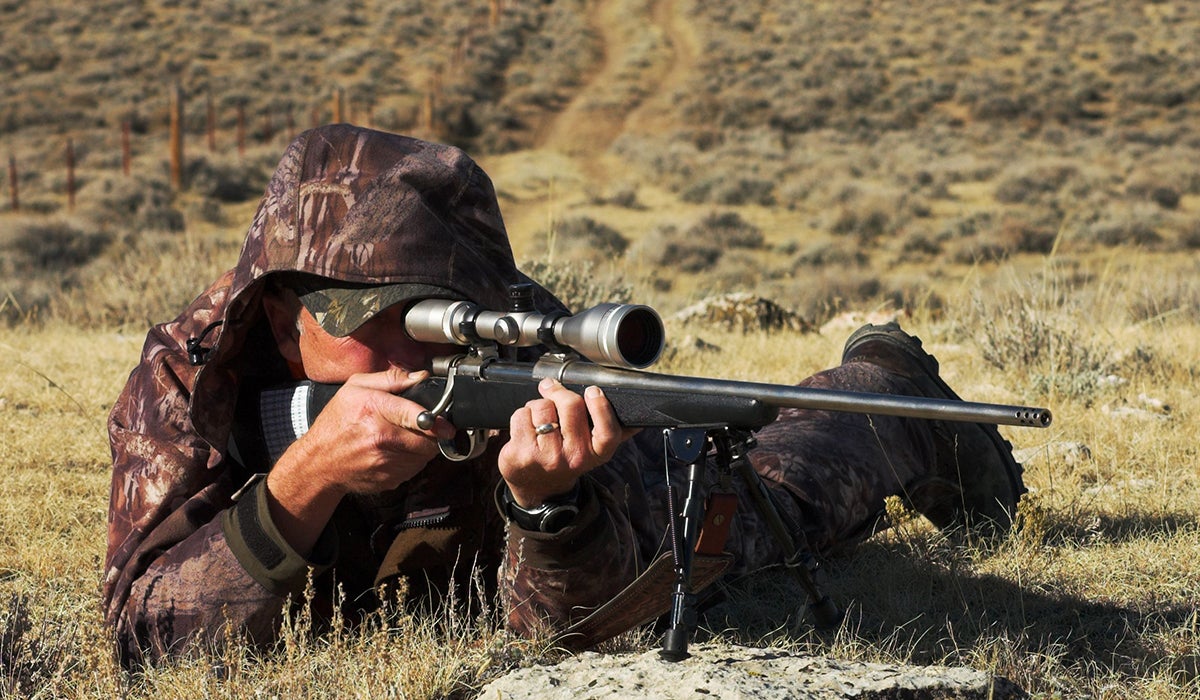
It seems like forever ago that I was working my way through college by helping out around a local gun shop. It was at least once a week that someone would come in and start asking questions that would all orbit the same topic – If you only had one rifle to hunt big game across North America, and beyond, what caliber would you go with? We talked about the best new cartridges a few weeks ago. Now, the thought of only having one rifle leaves a foul taste in my mouth and is just too painful to comprehend, but for the sake of argument and discussion, let’s take a look at a few options for the best all-around cartridge for big game. Let’s set a few parameters, though.
As much as it pains some of you, we’re not talking about shot placement. Yeah, I know. I have a new Meopta Optika6 scope sitting on my desk looking at me like, “Whatta mean we’re not talking shot placement?” But in the heat of the moment, not everyone is going to be as good of a shot as they can be. It could be a massive buck walking out at 200 yards, or a monster bull moose bearing down on you at 50 yards in the Alaskan bush, nerves can get the best of you. This is simply a discussion of the combination of bullet and powder that combine to effectively take any big game animal you might encounter. Keep your comments civil, but feel free to chime in with your own suggestions. That’s the fun of these sorts of topics, isn’t it?
Shop for Meopta Optika6 Scopes
30.06
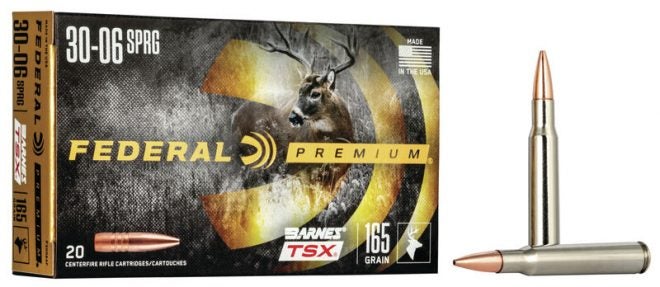
Might as well start with the champ, right? The 30.06 is probably the most popular big game cartridge going. With the right bullet, the “Ought-Six” can take down just about anything that walks through the woods. An older gun-writer buddy of mine likes to say about the 30.06 that it’s like a hammer. “When you need to put a nail in a board, you don’t need a fancy, new gadget. You just grab a hammer and get it done.” One of the biggest benefits to the .06 is the staggering amount of options for ammunition available for it. This means you have bullet choices you may not get with other cartridges. It makes the 30.06 extremely versatile.
One of my favorite bullets for the 30.06 is the Barnes TSX in 165-grain. These copper bullets retain nearly 100% of the weight and expand evenly. Loaded in Federal Premium cartridges, it is a deadly combination. One of the cool things with the .06 is the availability of ammo across a wide range of costs. When I was in college, I appreciated that I could buy cheaper ammo for my .06 and be able to afford to shoot as much as I wanted to. Is the 30.06 ideal for bigger game, like moose or grizzly bears? It wouldn’t be my first choice, but it could handle it.
.308
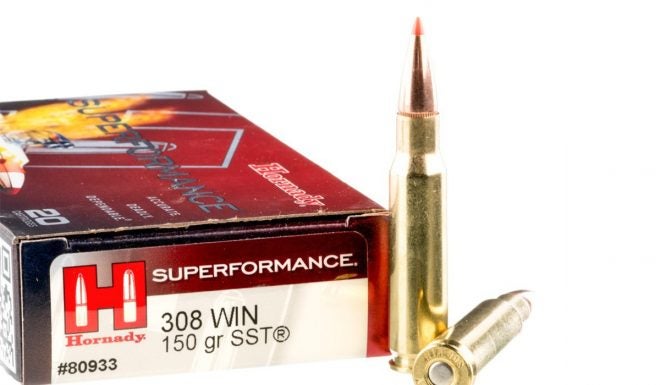
The .308 has been around for a long time and it does a great job. Being a short-action cartridge, you can get some great, compact rifles that are perfect truck guns. I just grabbed a Mossberg Patriot .308 and topped it with a Styrka S5 3-9×40 SF scope. You wanna talk about a handy and affordable rifle… The .308 has a lot in common with the 30.06. The bullets are the same, only the cartridge is different. Performance-wise, there’s not much difference at all. That difference can be erased by the right cartridge, too. I’ve got some Hornady 165-grain SST Superformance that makes my new rifle pretty sweet when it comes to deer and other game. I wouldn’t hesitate to use it on elk, mule deer and more. Like the 30.06, it’d work on bears and moose in a pinch, but there’s other options I’d go with.
Shop for Stryka S5 Scopes
Winchester released the commercial .308 Win in 1952 and it has science gone on to be the most popular short-action, big game cartridge in the world. It came about during a time of experimentation within the U.S. Military system, in an effort to replace the 30.06. Testing had shown that newer powders and propellants could produce similar ballistics to the .06 in a shorter cartridge. Two years after the release of the Winchester cartridge, the 7.62×51 NATO was adopted into selected service.
7mm Rem Mag
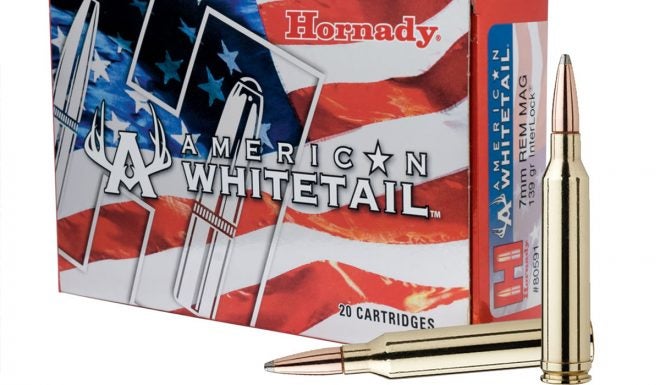
I’ve talked before about my love for the 7mag. Remington Arms debuted this cartridge to unveil the Model 700 rifle and since then, the 7mag has gone on to be chambered by most rifle manufacturers. The 7mag is pretty versatile in that you can go heavier on the bullet selection and use it for elk, moose and more. If you haven’t seen the social-media post about the guy who took down a massive kodiak brown bear with one, you should look for it. Not what I would consider fun or advisable, but it apparently did the job. Lighter bullet weights make the 7mag suitable for whitetails and pronghorn. I even know one prominent gun writer who has one specifically set up for long-range prairie dogs. Watching him shoot them from extreme distances is something very cool to witness.
.270 Winchester
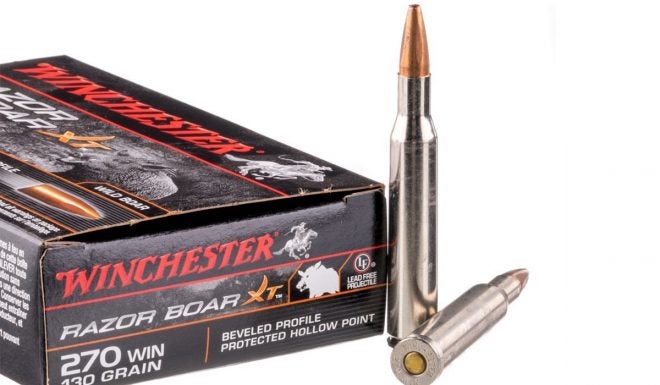
Another cartridge that has proven to be great on big game is the .270 Winchester. Released by the company in 1925 as a cartridge for the Model 54 bolt-action rifle, the .270 is longer and reasonable faster than the 30.06. If you’re a gun guy, and you’ve read any Jack O’Connor, then you probably already have a .270. If not, you’re missing out. The .270 works best with low-drag bullets and can reasonably handle most big game in North America with, you guessed it, the right bullet choice. What it lacks to the 30-caliber cartridges in bullet weight and mass, it makes up with speed and trajectory. The .270 is one of those cartridges that has had ups and downs with it’s popularity. Some of the newer bullet designs and the loads that come along with them, have made the .270 a little more popular as of late.
.375 H&H
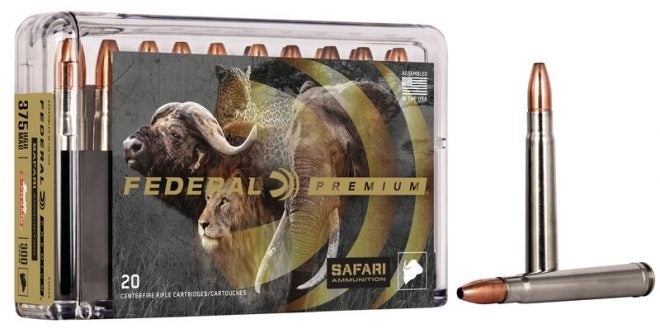
If you’ve never shot a .375, you should. Growing up, I held the cartridge in a certain awe, simply because I was certain shooting one would rip my arm off. I couldn’t have been more wrong. In fact, they are quite fun to shoot and extremely versatile. Here’s what makes the .375 so interesting. It shoots relatively the same across multiple bullet weights. Meaning you can switch to a heavier or lighter bullet and not have to adjust as much. That’s a big plus when ammo availability is an issue. For most dangerous big game, the .375 is considered the minimum one should consider. I have family that carry one whenever they go afield in Alaska, even after blacktail deer. When I asked about it being too much gun, my cousin replied that on deer, the bullet doesn’t have much time to expand, so the resulting wound channels are similar to using an .06. But should the region’s bigger, toothier inhabitants decide to show up, well, you get the idea.
The .375 came about in 1912 from the famed Holland & Holland gunmaker in London, England. It is a belted magnum cartridge and bullets generally range from 200-350 grains. My cousin carries a stainless pre-64 action Winchester Model 70 with iron sights and a Leupold VX5 1-5×24 scope mounted with quick-release rings. I’ve shot the rifle and can attest to it’s quick handling, superb accuracy and mild recoil. I keep asking my wife for one when she asks what I want for Christmas, but I’ve yet to get one. Of course, she hasn’t gotten the diamond earrings she keeps asking for either. Maybe this year…
Shop for Leupold Scopes
So let’s hear it. What is your all-time favorite?
Cover image: Shutterstock/Kral